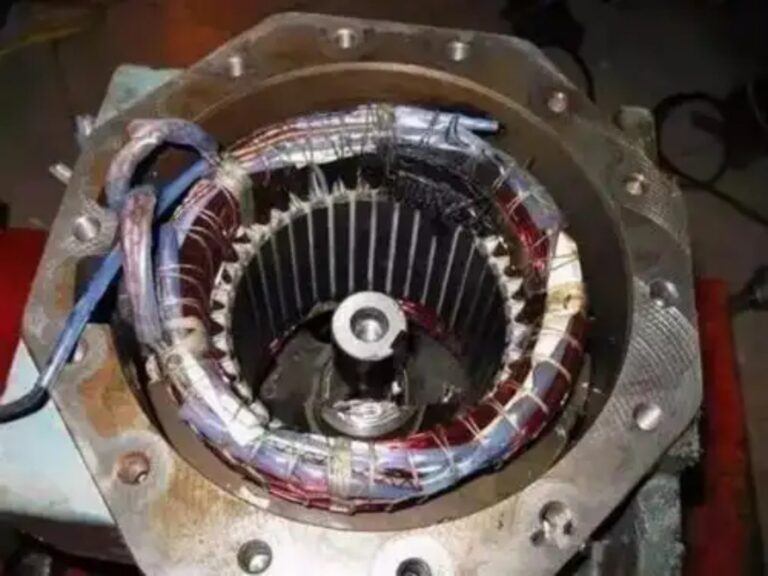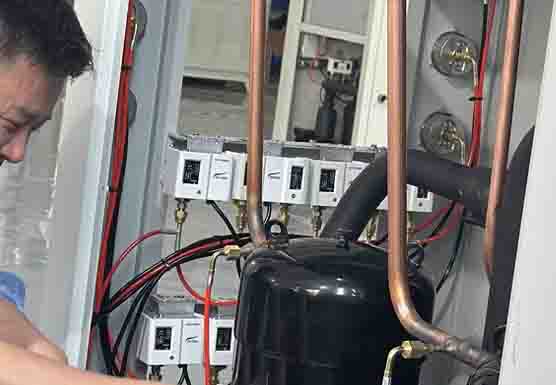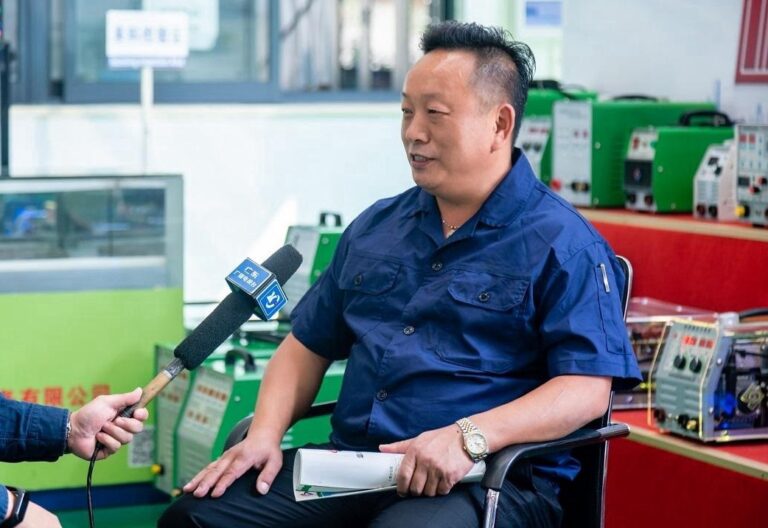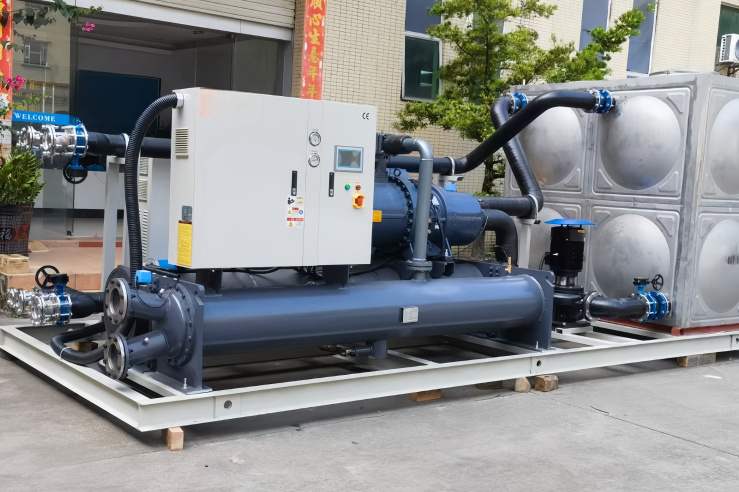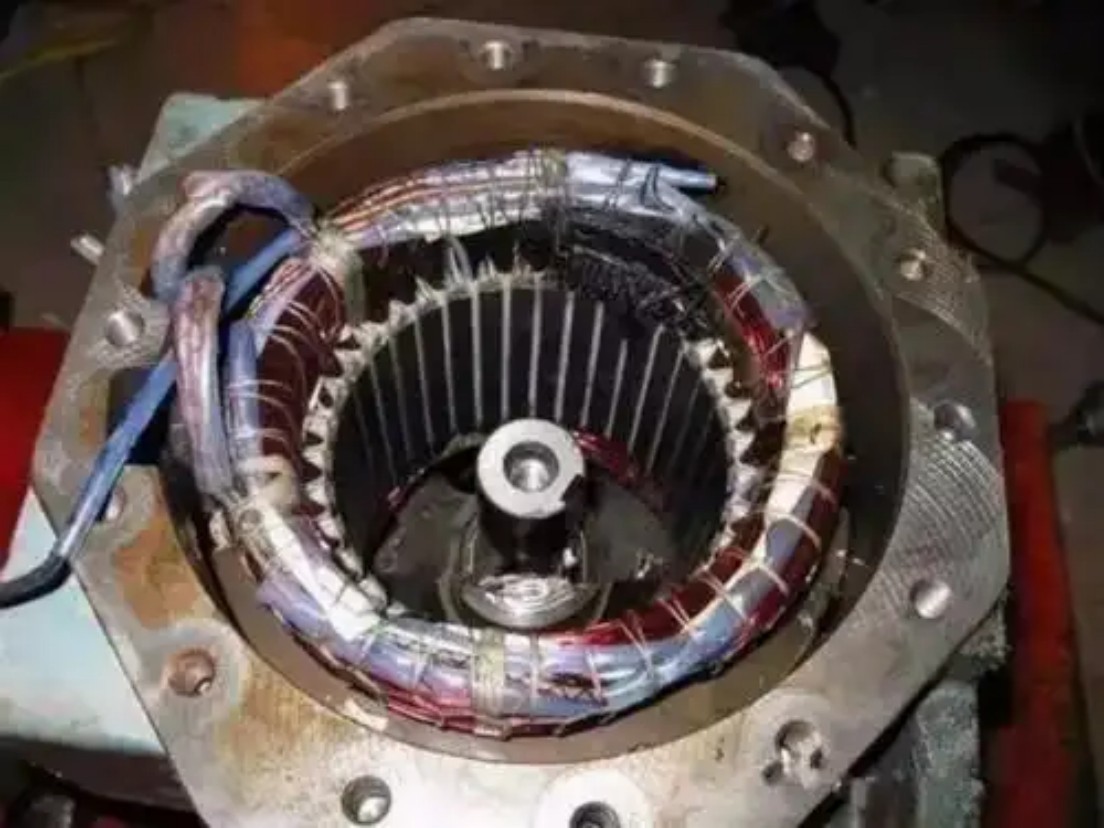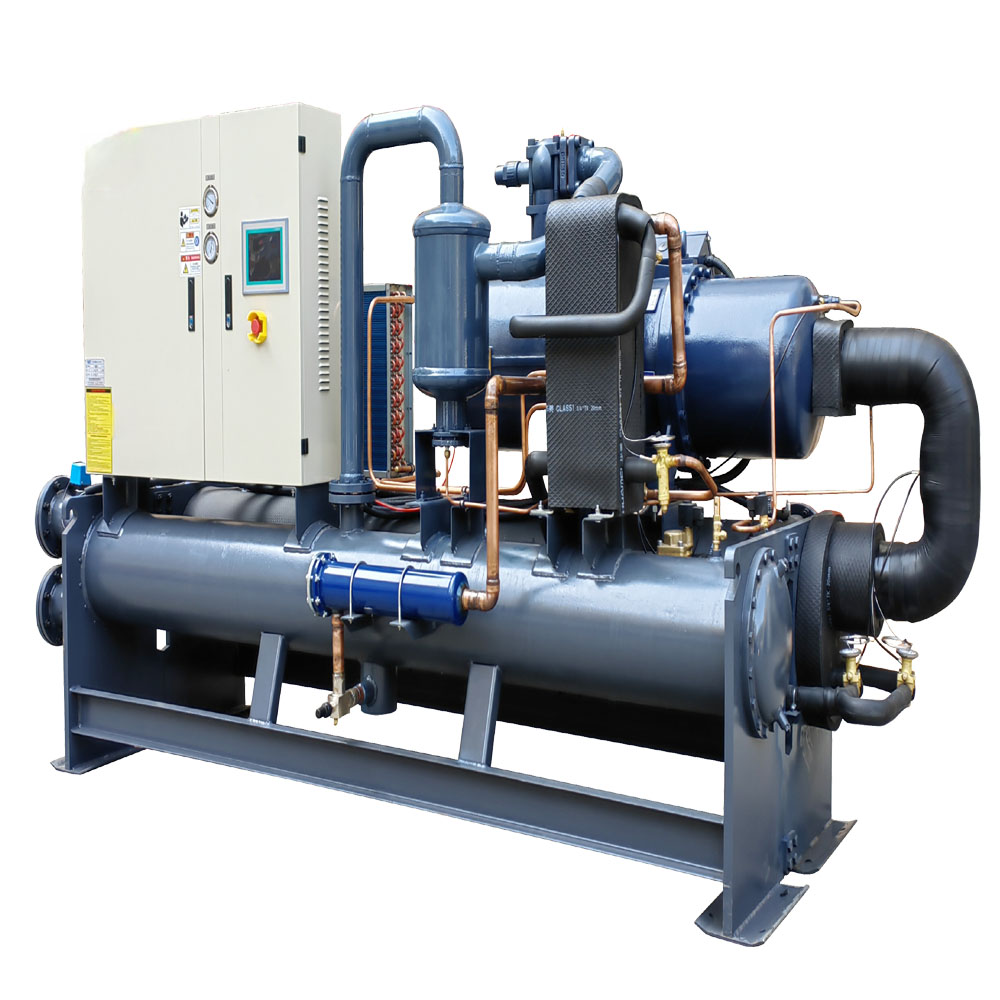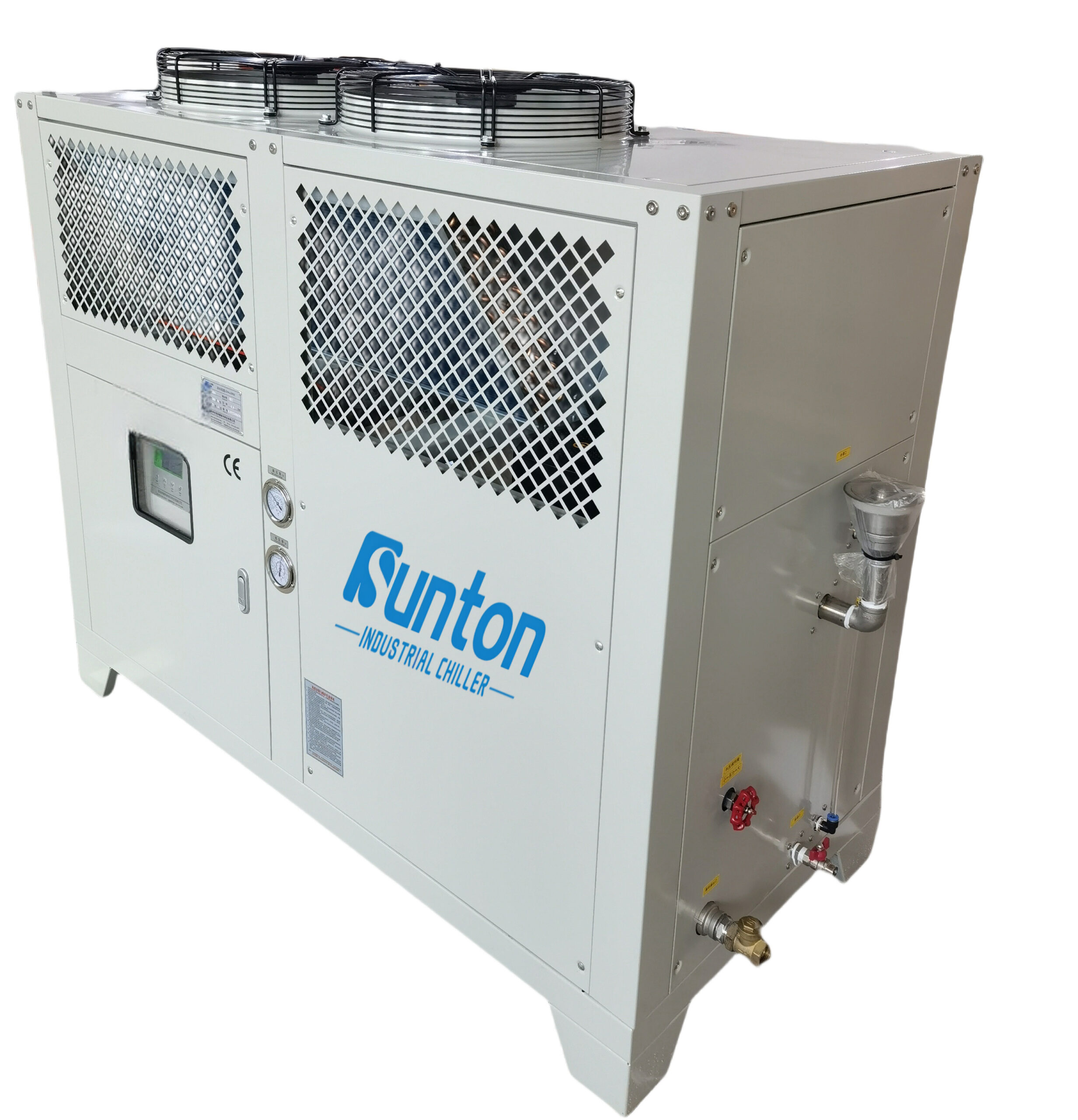-
Dalingshan Industrial Guangdong

The Application for HVAC Chiller and Air Handling Unit
Introduction to HVAC Chillers & Air Handling Units (AHUs)
In the world of HVAC (Heating, Ventilation, and Air Conditioning), chillers and air handling units (AHUs) play a crucial role. They work together to keep buildings comfortable. Chillers provide the cold water needed for cooling, while AHUs distribute this cool air throughout the space. Understanding how these systems work together can help improve energy efficiency and comfort in buildings.
Key Components & Working Principles
Chillers
Chillers are machines that remove heat from a liquid through a vapor-compression or absorption refrigeration cycle. They are essential for cooling systems in large buildings. Here are some key points about chillers:
- Types of Chillers:
- Air-Cooled Chillers: These chillers use air to cool the refrigerant. They are often placed on rooftops.
- Water-Cooled Chillers: These use water from a cooling tower to remove heat. They are more efficient but require more space.
Chillers can use different refrigerants, such as R290 (propane) and R744 (carbon dioxide), which have lower global warming potential (GWP) compared to traditional refrigerants like R-410A.
Air Handling Units (AHUs)
AHUs are responsible for circulating and conditioning air in a building. They contain several components:
- Blowers: These fans move air through the system.
- Coils: These are used to heat or cool the air.
- Filters: They clean the air by removing dust and other particles.
AHUs work by taking in outside air, conditioning it, and then distributing it throughout the building. They can also work with chillers to provide cool air during hot weather.
Primary Applications
Commercial Buildings
In commercial buildings, chillers and AHUs are essential for maintaining a comfortable environment. They help control temperature and humidity, ensuring that employees and guests feel comfortable. For example, a well-designed HVAC system can reduce energy costs by up to 15%.
Industrial Facilities
In industrial settings, chillers and AHUs are used to manage heat loads and humidity. They are crucial for processes that require precise temperature control, such as in the textile and food processing industries.
Data Centers
Data centers generate a lot of heat from servers. Chillers and AHUs work together to keep the temperature down, ensuring that equipment runs smoothly. Advanced systems can even use AI to optimize cooling based on real-time data.
Optimizing Efficiency
Dynamic Adjustment
One way to improve efficiency is by dynamically adjusting the chilled water set points based on the cooling demand. This means that when the cooling load is low, the system can reduce the temperature and water flow, saving energy.
Bypass Damper Systems
Bypass dampers can help regulate airflow in AHUs. They allow some air to bypass the cooling coils when the demand is low, which can improve energy efficiency.
Installation & System Design
Chiller Configurations
When installing chillers, it is important to choose the right type. Air-cooled chillers are easier to install but may not be as efficient as water-cooled chillers. The choice depends on the building’s needs and available space.
Designing AHUs
AHUs should be designed to minimize leaks and maximize airflow. This can involve using high-quality materials and ensuring that all components fit together well. For example, using galvanized steel or stainless steel can improve durability.
Case Study: Energy Savings in Action
A recent case study showed that a 200kW cooling system achieved a 15% energy reduction by optimizing the integration of chillers and AHUs. By adjusting the chilled water set points and using efficient components, the system was able to save on operational costs while maintaining comfort.
Maintenance & Troubleshooting
Regular maintenance is key to keeping chillers and AHUs running efficiently. Common issues include:
- Dirty Filters: These can restrict airflow and reduce efficiency.
- Corroded Coils: This can lead to leaks and reduced cooling capacity.
- Damper Malfunctions: If dampers do not work properly, airflow can be uneven.
Regular inspections and maintenance can help prevent these issues and ensure that the system operates smoothly.
Future Trends & Innovations
AI-Driven Controls
Modular Chillers
Modular chillers are becoming more popular. They can be easily scaled to meet changing demands, making them ideal for growing businesses.
FAQ Section
How does a chiller connect to an AHU?
A chiller provides chilled water to the AHU, which then uses this water to cool the air before distributing it throughout the building.
Can I retrofit existing AHUs with newer chillers?
Yes, retrofitting is possible, but it is important to ensure compatibility in temperature and pressure ranges
Can I retrofit existing AHUs with newer chillers?
Yes, retrofitting is possible, but it is important to ensure compatibility in temperature and pressure ranges
Conclusion
In conclusion, the application of HVAC chillers and air handling units is vital for maintaining comfort in various settings. By understanding their functions and optimizing their use, we can achieve greater energy efficiency and comfort in our buildings. As technology continues to evolve, we can expect even more innovations in this field.

